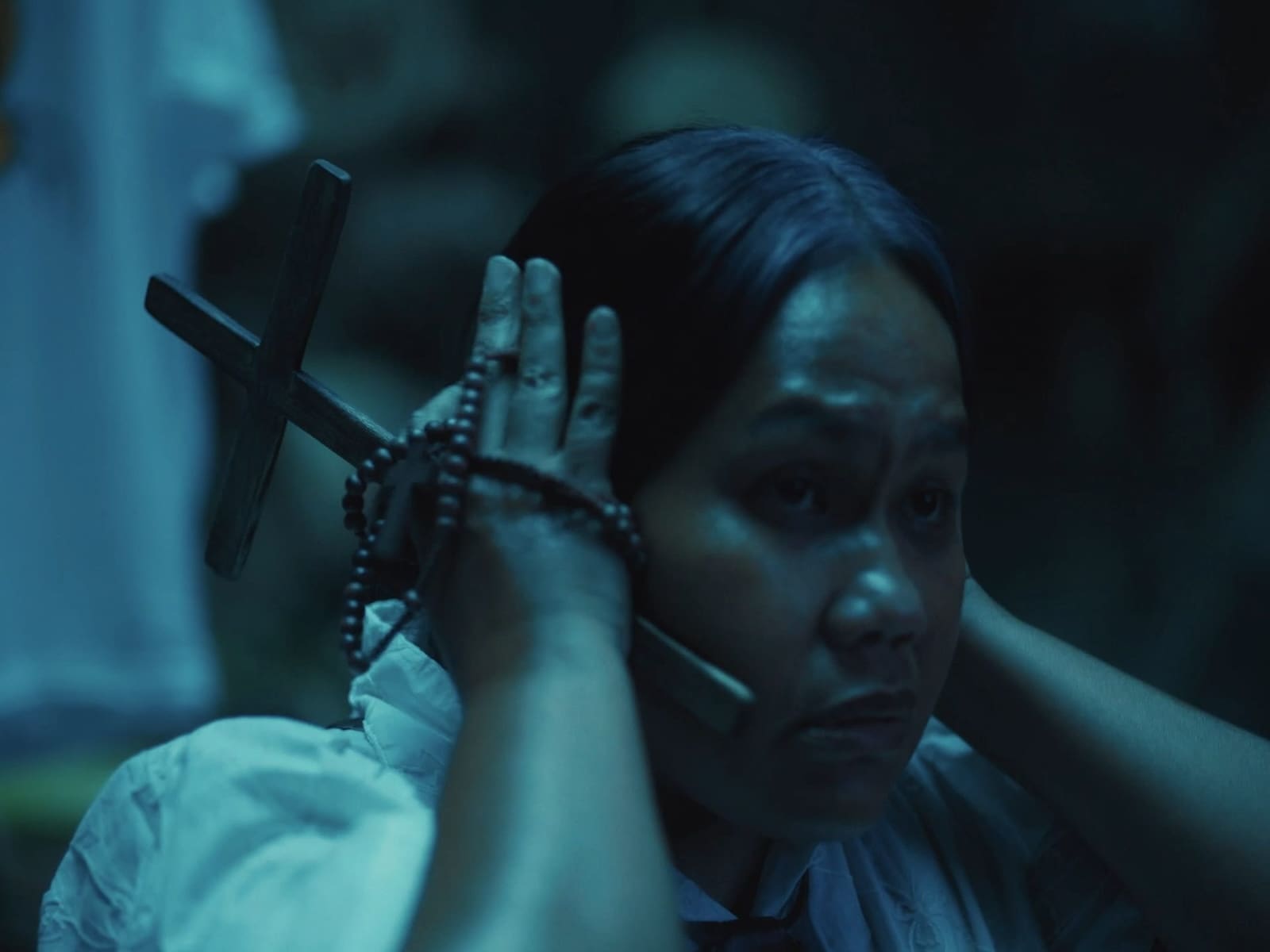Pepe Diokno’s Isang Himala, now playing at the 2024 Metro Manila Film Festival (MMFF), is preceded by the megawatt expectations set by its 2018 stage counterpart Himala: Isang Musikal, which in turn is based on the 1982 film Himala — only a landmark collaboration among three of the country’s national artists for cinema, an MMFF Best Picture winner, and the first Filipino movie to vie for the Golden Bear at the renowned Berlin International Film Festival.
But the latest iteration tersely shows us that it doesn’t intend to replicate the sweeping footprint of the Ishmael Bernal masterwork, for it might end up solely proving the reason for its existence. It’s not that the movie totally abandons its original text (After all, it’s still penned by Ricky Lee, alongside Diokno); rather, it presents an inventive musical drama harnessing the 2018 staging’s sheer vision and the 1982 title’s enduring critique.

Compared to the first movie, the narrative recalibrations in this remake are distal and drastic, which has its own gains and losses. The story now unfolds in a mining town instead of an agricultural one that, Diokno explains, is meant to locate Cupang — whose people instantly become disciples of Elsa (Aicelle Santos) after an alleged apparition — as a place of scarcity rather than drought, though one might question why the townsfolk would eagerly await the rainy season in such a setting. David Ezra’s character Orly, a filmmaker from Manila in search of a fresh muse, is also handed more narrative meat, essentially acting as the story’s ethical voice until that voice gets snuffed out. Meanwhile, Elsa’s guileful ways become more apparent, making us doubt her intentions — as opposed to the tenderness extended to Kakki Teodoro’s Nimia, a sex worker who returns to town and puts up her own cabaret.
Of course, a suspension of disbelief is expected of the audience given the genre, and especially at points when the movie’s artifice bubbles to the surface. Cinematographer Carlo Mendoza often resorts to arresting close-ups to not only magnify the anxieties the characters wrestle with but also pull our attention away from the obviously crowded studio where the movie is shot. To some extent, it feels like the visual vastness of Cupang as a moral wasteland gets watered down because of this constraint. Mendoza also evokes through medium shots how these characters, refined by Lee and Diokno’s writing, are cut from the same cloth, for better or worse.

The picture is unabashedly art-directed as Diokno mangles time and memory, toys with shades both joyous and melancholic bursting through scenes, and repurposes images (usually of the diseased) from the first movie to tease out the desires of these people, who are desperate to breach an impasse, no matter the cost.
Though, at times, Benjamin Tolentino’s editing choices cut the film’s momentum, Isang Himala expectedly underlines its points about idle worship, truth and truth-making, and social neglect through Vincent de Jesus’s music. For the most part, de Jesus and Lee’s libretto forgoes subtlety in the original text to favor a far more pointed, explicit rendering — a common fixture of the stage. It’s plausible why the movie pursues this route. However, what is lost in the process is the potency of some parts to be more decimating just in their quietude. The emotional wallop the picture takes would have also landed with more gravity had some plotlines been delivered as dialogue than as musical numbers.
A Miracle of a Cast
Still, Isang Himala boasts a compelling case for itself through the trove of wonders mined by its actors. Santos leads the pack as this generation’s Elsa; she is no saint but rather deeply flawed, human. There is one long, extraordinary juncture towards the story’s coda where Elsa begins to question her own faith, thinking how she has been defiled in the very hill where she gains the power to heal others but herself and the people dear to her. It’s a marvel to see Santos draw out every fiber of emotion from the text — from her terrific gift, from her entire self to simply bleed into the role, leading us through the long-anticipated exhale.

Escalante also captivates in her rendition of “Paano Kung Nagkamali Tayo,” perfecting a maternal figure who tries all her might to snap her daughter out of her delusions, but still keeps by her side even as things go astray. Equally astounding is Teodoro as Nimia, whose characterization feels so fully realized. Teodoro wholeheartedly internalizes the character’s psychology, tempting us with her coy smile and frenetic appeal in one scene, then exposing us to her intimate side in the next. Nimia exists past an erotic vacuum, just as Teodoro delivers a portrayal that is anything but emotionally flat.
But beyond individual turns, these glowing performances propel the rest of the ensemble’s work, motoring Diokno’s vision so effectively. It is through this aspect that Isang Himala forges a miracle in its reimagining of a classic story that seems to recur in a country that’s forever eroded by its past.





